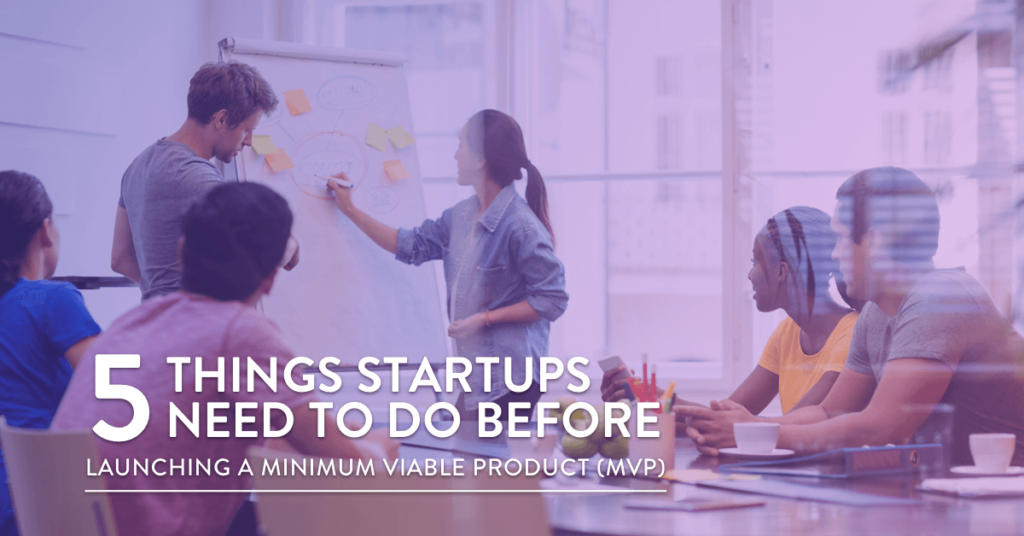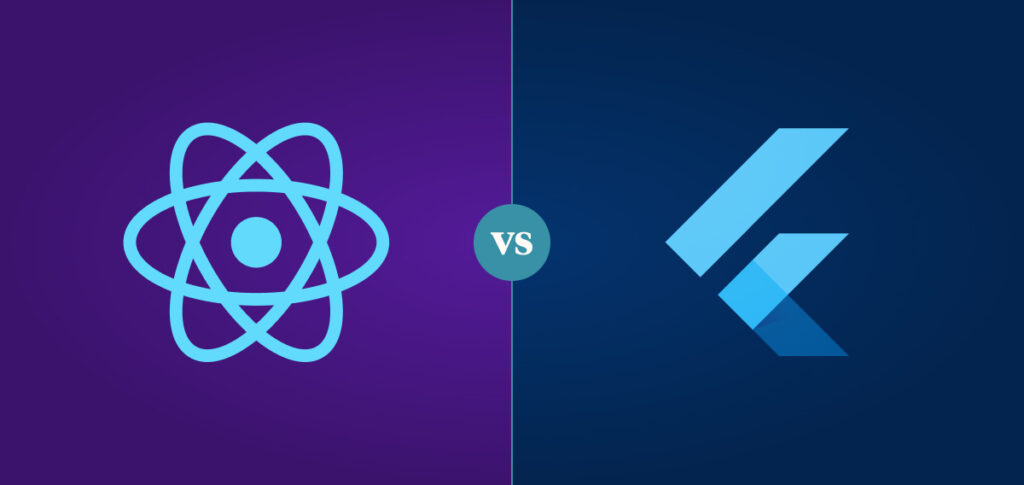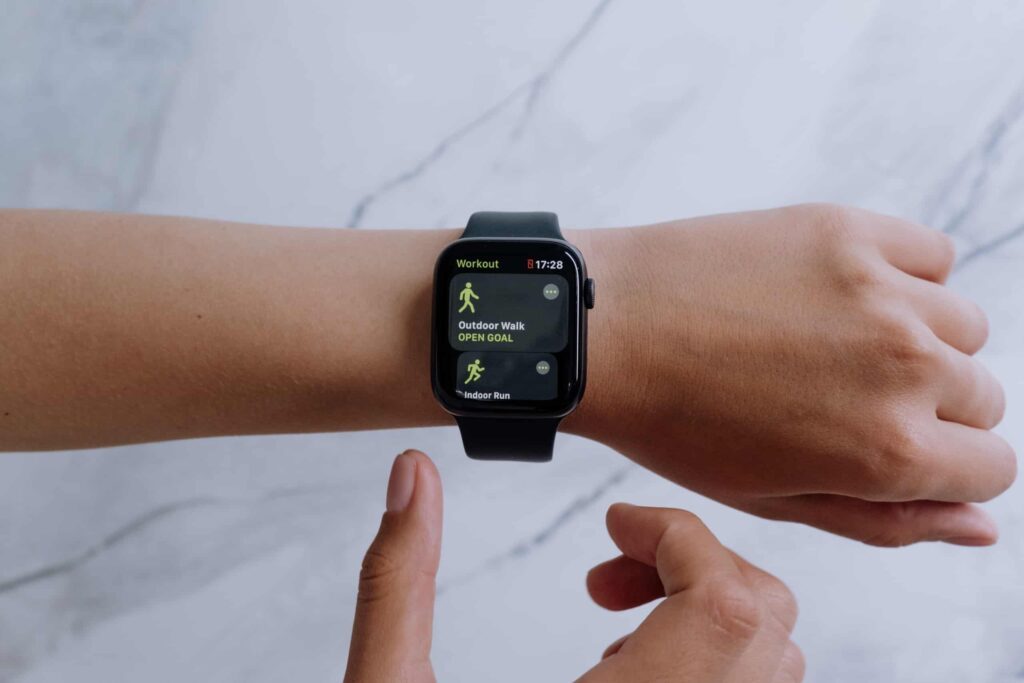Pop quiz:
What recent approach to building startups has changed the tech industry?
The MVP.
Also known as Minimum Viable Product.
Frank Robinson coined and defined the term and then popularized by authors Steve Blank and Eric Ries. An MVP is a product with just enough features to gain insight into the product and its future.
If you’re trying to launch a startup or build a mobile app, understanding the theory and product philosophies baked into building an MVP can be akin to finding a pot of gold. It can be the difference between success and failure. An MVP, or minimum viable product, is a version of your product that has just enough features to satisfy early customers and to provide feedback for future product development. It’s important to note that an MVP is not a finished product, but rather a starting point. By releasing an MVP, you can learn from your customers and improve your product iteratively. This leads to a better product-market fit and ultimately a higher chance of success. So, if you’re looking to build a successful startup or mobile app, don’t underestimate the power of an MVP. It may just be the key to unlocking your pot of gold.
The difficult part is creating the right MVP.
But once you do that, you can test assumptions, provide value, and even get actual paying customers who validate your idea.
There are five things that we believe every startup needs to do before launching a Minimum Viable Product:
- Conduct Market Research
- Conduct Customer Research
- Create A Product Roadmap
- Conduct User Testing
- Create A Product Landing Page
In this guide, you’ll find detailed explanations of the different steps along with real world examples and tutorials to help you execute.
Here are the Five Things Startups Need Before Launching An MVP:




